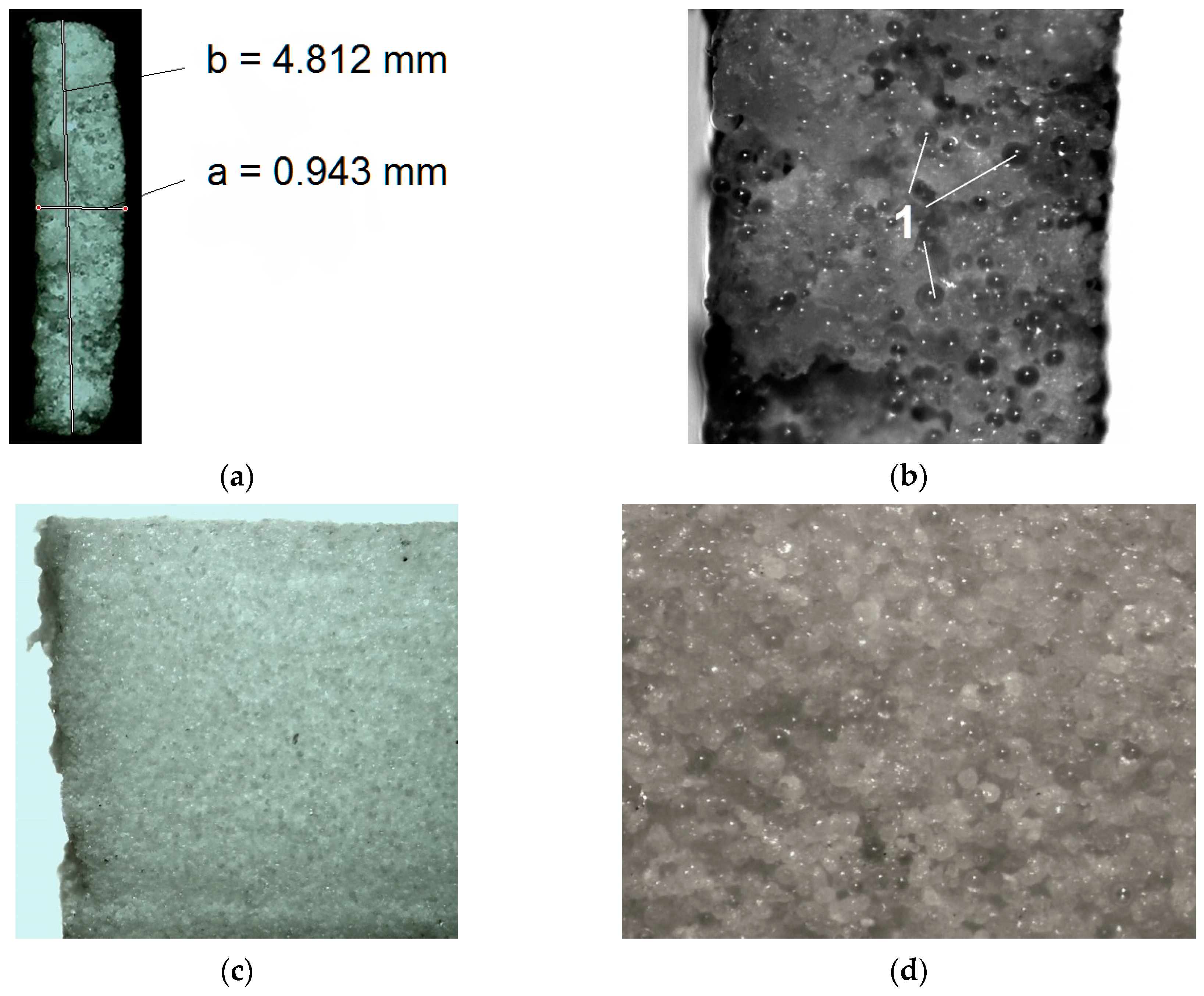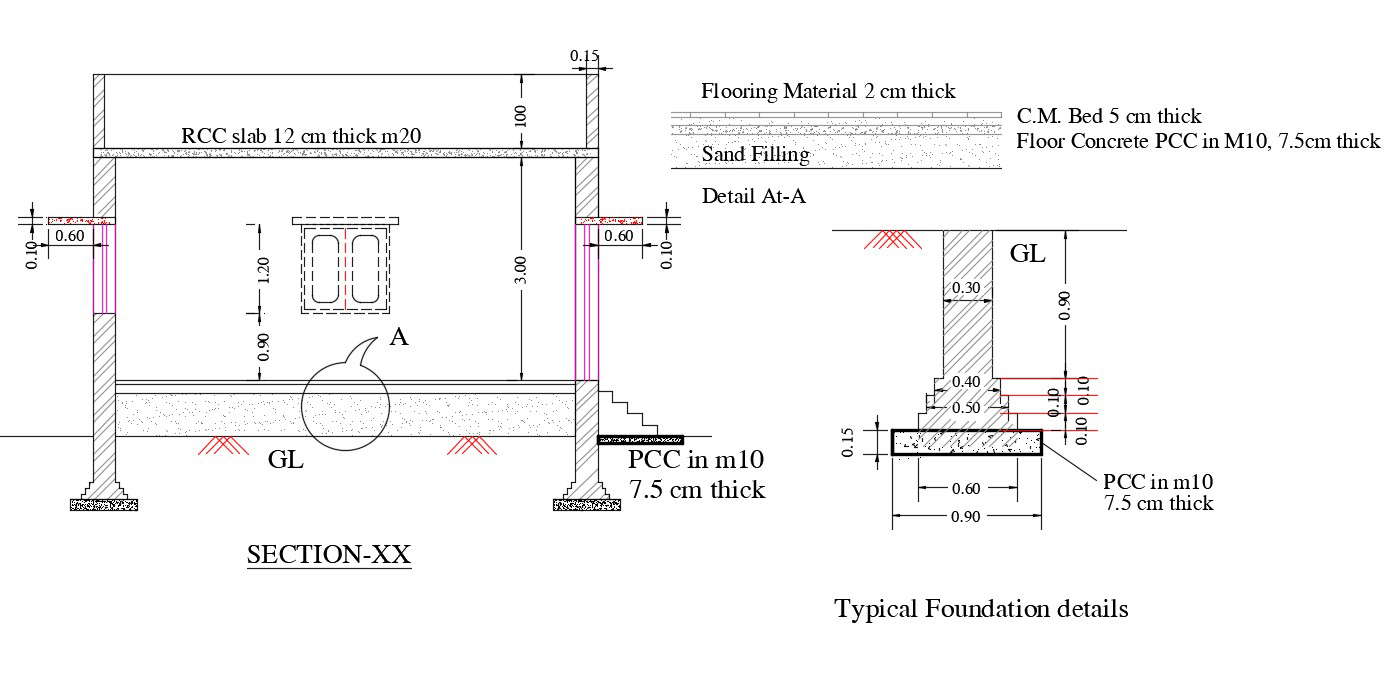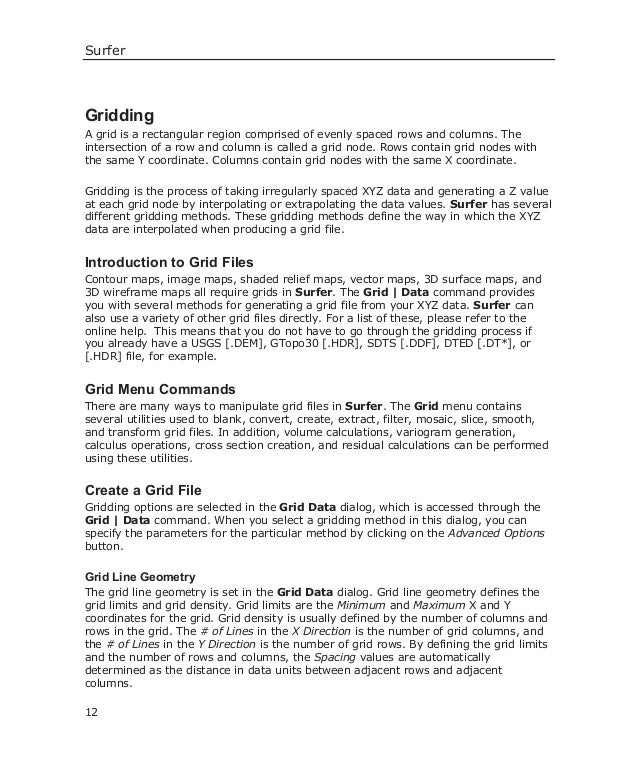
- #Drawing 3D Cross-Section With Surfer 12 Full Control Of#
- #Drawing 3D Cross-Section With Surfer 12 How To Create Cross#
Drawing 3D Cross-Section With Surfer 12 How To Create Cross
Users will learn:There are four steps when drawing a cross-section. It provides some graph controls using which you can animate 3D graph.This module instructs users how to create cross section sheets from an Alignment. Not one, you can plot multiple functions at a time using it. In its Graphing section, you can plot equations and functions, datasets, parametric, and inequality.It supports Cartesian, Spherical, and Cylindrical coordinate systems. Microsoft Mathematics is a popular calculator software and 2D and 3D graphing software for Windows.
Drawing 3D Cross-Section With Surfer 12 Full Control Of
A base map of the cross section is displayed. In urban areas: Road Cross-Section Elements Basic elements In urban areas: Width of the nearside lane is often increased to:BLN file and click Open. 12 Definition: Road Cross-Section Elements Basic elements Motorways are: Dual carriageway roads with 3 or more lanes in each direction With full control of access With grade-separated intersections and no at-grade crossings.
ALL BORDER, PLAN AND PROFILE AND CROSS SECTION SHEET BLOCKS WILL BE USED AND ARE IN. Select your multi-layer map.COMMAND GOVERNS THE LINETYPE SCALE GLOBALLY THROUGHOUT ALL DRAWINGS. BLN, BNA, SHP, DXF, etc.). The polyline can be drawn on the map as part of a base layer, or it can be in a vector file format (e.g. How to create Named Boundaries that will be used to generate cross section sheets.Method 1: Use the Profile tool to create a cross section using a manually drawn trace line or a previously imported base map polyline that defines the trace.

Save settings, this will also establish the Multi-Model views.5. Then set up the display views to show View 1, Default and View 2, Default-3D. Select the existing terrain boundary and set it active. The Master Model is referenced using Live Nesting with a Nesting Depth of 1 to attach all other files: alignments, roadway design models, surveys, and terrains as well.4. See the CTDOT CONNECT DDE Volume 3 - ORD Roadway Modeling - Module 1 - Creating Base Model Files3.
Select the Civil Cross Section mode. The Place Named Boundary Civil Plan, Profile or Cross Sections dialog box opens. A named boundary is a closed element that has a name associated with it.6.

With the cursor select the horizontal alignment. The command line (lower left corner) will read: Place Named Boundary Civil Cross Section > Identify Path Element. In the 2D view (default plan view), select the alignment along which the named boundaries (sheets) will be created. Enable the Show Dialog option, this dialog is used to override settings defined by the Drawing Seed if needed.10. Enable the Create Drawing option, so that the sheets are created as soon as the named boundaries are created. Clicking on the horizontal alignment will also populate this name field with the name of the horizontal alignment.9.

Ensure the Mode: is set to Cross Section, Name: here the cross section boundaries are named > this will name all drawing models and defaults to the station, example: 100+40.00, but can be named XSC-1 if desired. The Create Drawing dialog box will appear. Identify Path end point to place boundary.13. Datapoint point in Plan View to place boundary. Command Line: Place Named Boundary Civil Cross Section > Accept/Reject. Accept the endpoint location for the named boundary.
This option will be discussed later in this module. Enable the Add to Sheet Index option. In Sheet Model portion of the dialog, set the Annotation Scale and the Detail Scale to 1”=5’.14.
The same tool is also available in the Manage View Groups toolbox if docked on the bottom (it usually is). Click on the View Tab > Within the View Groups tools set and select any of the sheet models or drawing models. When all is completed the last cross section sheet will be open.There are several ways to review individual sheet models or drawing models.1. At the bottom of the view windows, a gage will appear showing the progress of Sheets Created and then the progress of Drawing Models Annotated. Click O K to create the sheets.
Open and review a Sheet Model by selecting XX+XX.XX Views (example: 101+50.00 Views) and then select Apply.TIP: You can also double-click on any model in the list to open it as well.The Sheet Model for the sections will open. The Drawing Model is then referenced into the Sheet Model.The Sheet Model is always 2D, serves as an electronic drawing sheet (printed sheet), typically has drawing model references that are scaled and positioned to create a printable drawing.For more information see OpenRoads Designer CONNECT Edition Help Menu.NOTICE: There is a correlation between the Sheet Index, Manage View Groups, Named Boundaries and Models2. The Drawing Model is used to apply annotations, dimensions and callouts to a design, examples: annotation for slopes, Edge Of Road or Centerline elevations.
(Or double click on the view)The Drawing Model for the cross section will open. Open and review the Drawing Models for cross section sheet by selecting the drawing views for the cross section sheet (example: for 101+50.00 Views select 101+50 Views) and then selecting Apply. For more detailed information see this volume: Section 1 – Introduction - The Contract Border Title Block Integration3. The project number, project description and town name(s) will be automatically populated from the CONNECTED Project, the Drawing Title will be populated with the text entered in the Model Description Field.
The design model (corridor) was updated to include the driveway, but the cross section drawing models and sheet models do not include this added driveway. Adjust Sheet Layout – Add Single Cross SectionSometimes it becomes necessary to add a cross section at one particular station that does not fall on the interval stations of the cross section creation, this can be done if necessary.As an example: A driveway was not on the original survey (Terrain) and added later. Become familiar how to navigate between the various drawing and sheet models. Cross Section annotation should be done in the drawing model.Review the remaining Sheet Models by using the same steps described above.
In the References dialog there are references for each cross section drawing model, select the drawing model attachment for the section that will be moved, example: (Logical) 102+50-1, for the dgn-file: HW_CP_5678_5678_XSC_SR_14.dgn, see the dash-dot outline around the cross section.3. Click on the ‘ Move Reference ’ command to activate, then click on the Named Boundary (cross section drawing model), this will allow the reference to be moved (should be highlighted) and are “attached” to the cursor, move to the desired location within the sheet outline. If more additional cross sections are needed, it may be necessary to redo the cross section plan production and add an event point list.Adjustments to the sheet layout are made in the reference attachments.1. Use the View Group tool to select the cross section sheet view (sheet model) to add the additional section drawing model, example: 101+50.00 Views.2. Select Home > Primary > Attach Tools > References.


 0 kommentar(er)
0 kommentar(er)
